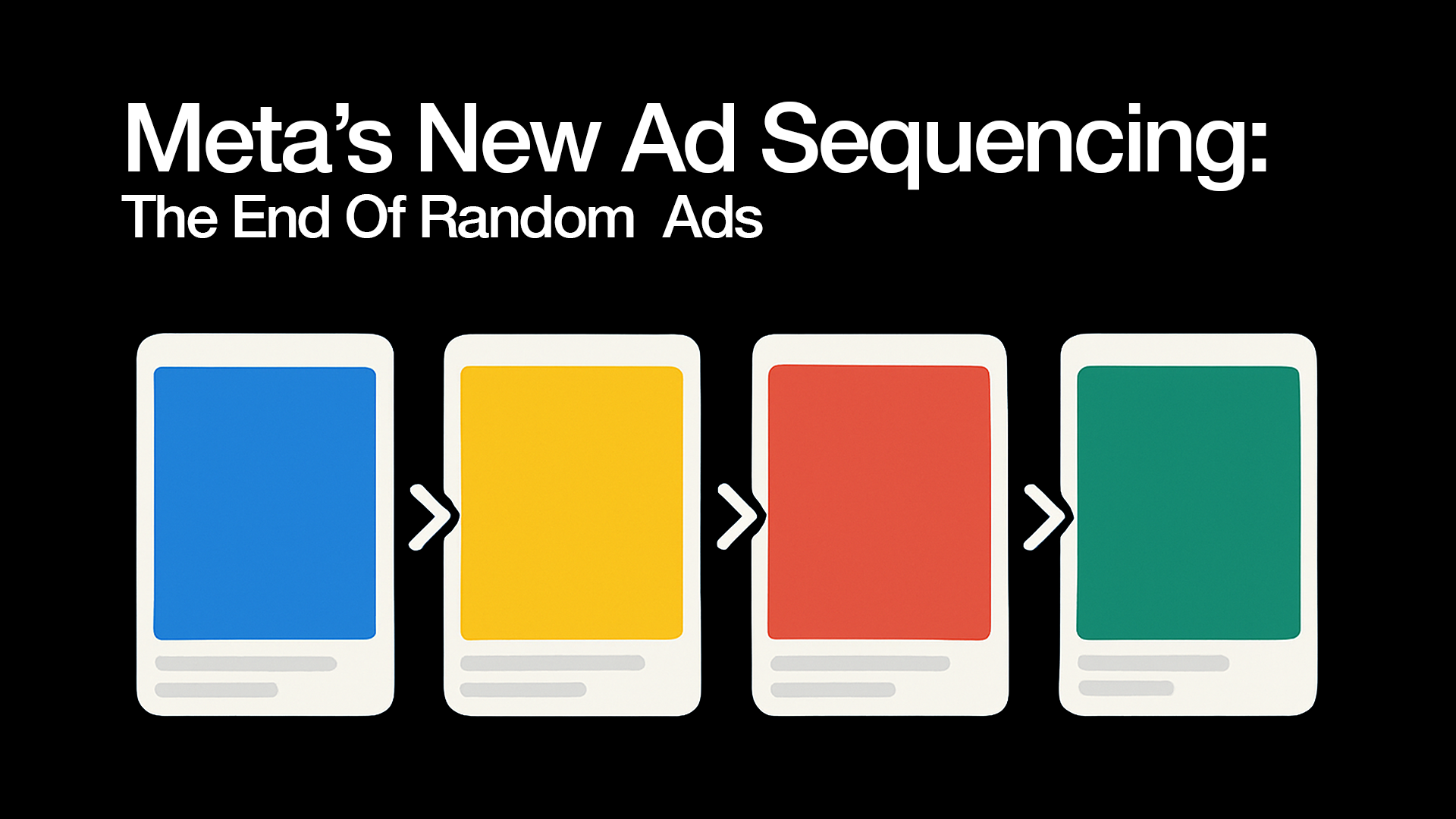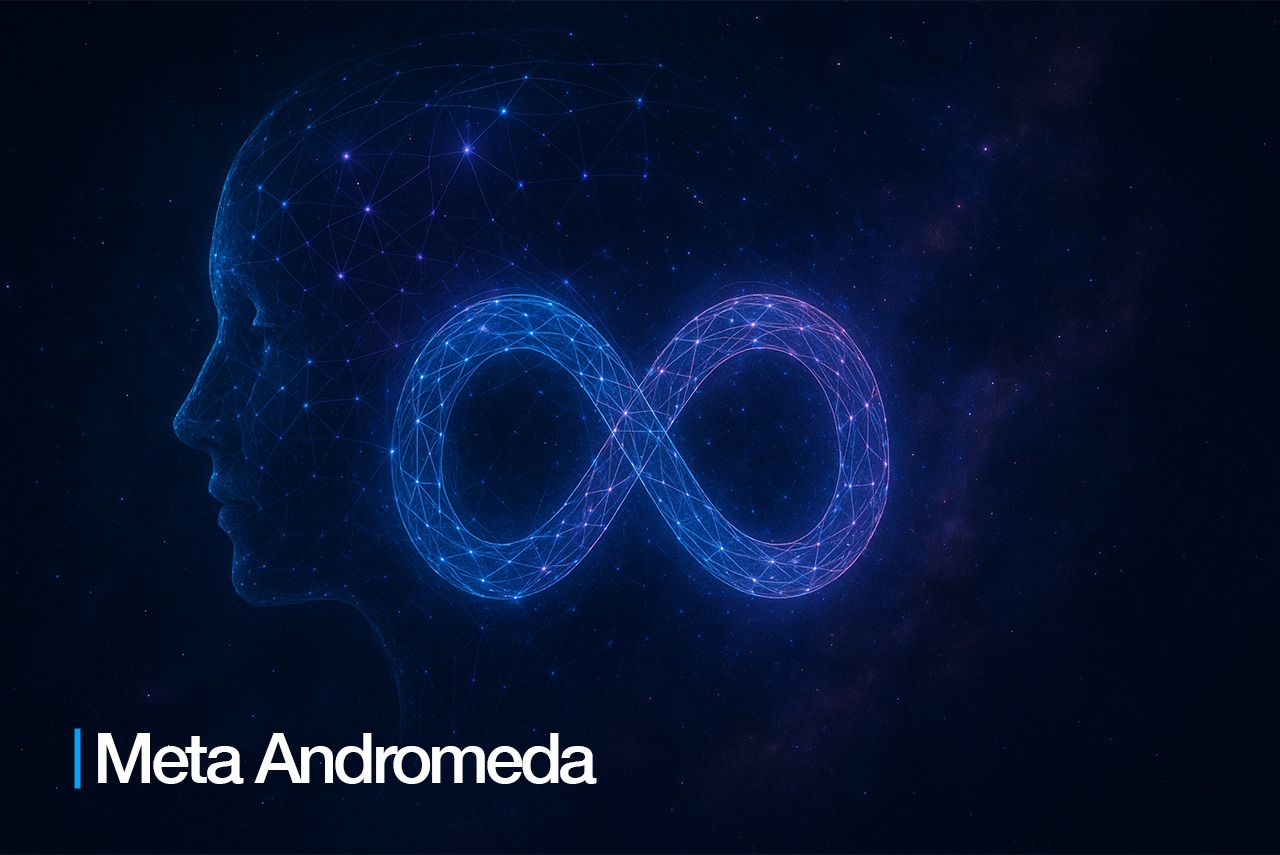Marketing has undergone a dramatic transformation with the rise of technology. Businesses no longer depend solely on billboards, TV ads, and print media to connect with their audience. The rise of the internet and digital technologies has given birth to digital marketing, a dynamic and data-driven approach that has transformed how brands connect with consumers. But how exactly is digital marketing different from traditional marketing?
In this blog, we’ll explore the key differences to help you understand why digital marketing is dominating the modern marketing landscape.
What is Traditional Marketing?
Traditional marketing refers to conventional methods of promoting products or services through offline channels. These include:
- Print Media: Newspapers, magazines, brochures, and flyers.
Flyer designed by Haris&Co’s Branding Team
- Broadcast Media: Television and radio advertisements.
- Outdoor Advertising: Billboards, posters, and transit ads.
Billboard designed by Haris&Co’s Social Media team for Wonderla
- Direct Mail: Physical mailers and catalogs.
Traditional marketing has long been a cornerstone of advertising, providing broad reach and familiarity. Today, businesses combine these time-tested strategies with digital marketing to enhance precision, measurability, and engagement.
What is Digital Marketing?
Digital marketing encompasses all marketing efforts that use the internet or electronic devices. It includes:
- Search Engine Optimization (SEO): Optimizing websites to rank higher on search engines like Google.
- Social Media Marketing: Promoting products on platforms like Facebook, Instagram, and LinkedIn.
- Pay-Per-Click (PPC) Advertising: Paid ads on search engines and social media.
- Content Marketing: Creating valuable content to attract and engage audiences.
- Email Marketing: Sending targeted emails to nurture leads and retain customers.
- Influencer Marketing: Partnering with influencers to promote products.
Digital marketing is highly targeted, measurable, and adaptable, making it a favorite among businesses of all sizes.
Key Differences Between Digital Marketing and Traditional Marketing
| Key Differences | Traditional Marketing | Digital Marketing |
| Reach and Targeting | Reaches a broad audience but lacks precision. Example: A TV ad may be seen by millions, but only a small percentage may be interested. | Allows hyper-targeting based on demographics, interests, behaviors, and location. Example: Facebook Ads can target users who have visited your website or shown interest in similar products. |
| Measurability and Analytics | Difficult to measure effectiveness. Example: Hard to track how many people saw a billboard or acted on it. | Provides real-time data and analytics. Tools like Google Analytics track metrics like clicks, conversions, and ROI. |
| Engagement and Interaction | One-way communication. The audience passively receives the message without interaction. | Two-way communication. Brands can engage through comments, messages, and live chats. |
| Flexibility and Adaptability | Once launched, changes are difficult. Example: A printed magazine ad cannot be altered once published. | Highly flexible. Campaigns can be adjusted in real-time based on performance data. Example: Underperforming ads can be paused or tweaked immediately. |
| Global Reach | Limited by geography. Example: A local newspaper ad won’t reach an international audience. | Breaks geographical barriers. A well-optimized website or social media campaign can attract global customers. |
| Customer Journey Tracking | Difficult to track the customer journey. Example: Hard to know how a customer went from seeing a TV ad to making a purchase | Tracks the entire customer journey, from awareness to conversion. Tools like Google Analytics and CRM software provide insights into customer behavior. |
Why is Digital Marketing Dominating?
Rising Internet and Smartphone Usage:
With over 5.56 billion internet users worldwide which amounts to 67.9 percent of the global population, digital marketing has become the most effective way to reach consumers.
Shift in Consumer Behavior:
Consumers now prefer to research products online before making purchases. In fact, 81% of shoppers conduct online research before buying.
Cost-Effectiveness for Small Businesses:
Digital marketing levels the playing field, allowing small businesses to compete with larger brands without breaking the bank.
Real-Time Results and Adaptability:
The ability to measure and optimize campaigns in real-time gives digital marketing a significant edge over traditional methods.
Final Thoughts
While digital marketing has transformed how businesses engage with their audience by offering precision, affordability, and measurable results, traditional marketing still holds significant value. The most effective approach is a strategic blend of both. By combining the broad reach and credibility of traditional marketing with the targeted and data-driven advantages of digital marketing, businesses can create a well-rounded strategy that maximises impact.
Ready to elevate your digital marketing game? Haris&Co. is here to help! From strategy to execution, we craft tailored digital marketing solutions to drive real results for your business.
Contact us today and let’s grow your brand together!
Pages You May Like:
Digital marketing agency in Kerala | Digital marketing agency in dubai | Digital marketing agency in sharjah | Digital marketing agency in abu dhabi | SEO company in kerala | SEO company in dubai | SEO company in sharjah | SEO company in abu dhabi







